Free government cheese! If you put out the cheese, the rats will come!
It appears that the people and corporations who will make enormous profits from overbuilding new transmission, along with "big green" non-governmental organizations who seek to fatten their own bottom line and reach their own political goals, have been elected to the White House. It's no coincidence that the cabals seeking political power and riches beyond imagination have taken control of U.S. energy policy. It's also no coincidence that the White House announced new actions to "upgrade America's power infrastructure" at the very same time that one of the cabals announced a new list of 22 "shovel ready" transmission projects. It's quite clear who is in control here. It's corporate interests. The swamp has been rewatered and the creatures are multiplying.
Along with the 22 "shovel ready" transmission projects, the White House announced more than $8B of federal loan guarantees for "innovative" transmission projects.
“DOE is making financing available for projects that improve resilience and expand transmission capacity across the electrical grid, so we can reliably move clean energy from places where it’s produced to places where it’s needed most,” said Secretary of Energy Jennifer M. Granholm.
What projects are on the list? Of course, Grain Belt Express makes the list, but it's not the project Invenergy is trying to build. The project on the list includes the leg through Illinois, although Invenergy has announced that it only wants to build the portion through Kansas and Missouri. It seems the "list" only includes Skelly's version of it. Is he going to buy it back from Polsky? Stab him in the back this time? Completing Skelly's dream is the Plains and Eastern project. It's on the list, although it was abandoned more than 4 years ago! Is Skelly going to buy that one back from NextEra? Adding to the mystery is the "new" Plains and Eastern's route. It ends abruptly at the Arkansas border. It does not continue through Arkansas to make the connection at Memphis that Skelly originally envisioned. In fact, Skelly never envisioned a connection point at the Arkansas border. What's there? Is that a strong connection point where a gigantic 4,000 MW converter station can be built? Nobody knows... it all seems like simple artwork fantasy.
Observing the report’s map, Skelly said, “If you squint a little bit, you can see the beginnings of what would be a nationally connected system. Obviously, there are plenty of gaps here, but … if these lines get done, then we have the beginnings of a something” that could “grow organically into a national grid.”
Among the projects are a few originally proposed by Michael Skelly’s defunct Clean Line Energy Partners, including the Grain Belt Express and the Plains & Eastern Clean Line.
“The reason we put these projects on the list is because they’re sited, and they’ve got interconnect agreements, and they’ve got studies; they’re ready to go,” said Skelly, now a senior adviser at Lazard, who joined ACEG Executive Director Rob Gramlich and several representatives of the listed projects’ developers in presenting the report.
Given the scale of transmission need discussed above, other policies to enable large-scale expansion of transmission over the longer-term are also needed.
Anchor Tenant
Legislation could be enacted to direct the federal government to directly invest in new transmission lines as an “anchor tenant” customer, and then re-sell that contracted transmission capacity to renewable developers and others seeking to use the transmission line. This would help provide the certainty needed to move transmission projects to construction and overcome what is called the “chicken-and-the-egg problem,” in which renewable developers and transmission developers are each waiting for the other to go first due to the mismatch in the length of time it takes each to complete construction.
FERC Transmission Planning and Cost Allocation Reform
The Federal Energy Regulatory Commission (FERC) has authority over how transmission is planned and paid for. FERC can use that authority to break the transmission planning and cost allocation logjams that are preventing large regional and inter-regional lines from being built. Legislation to direct FERC to use that authority could also be helpful.
Streamlined Permitting
While most authority for permitting transmission lines is held by states, federal agencies have authority over lines that cross federal lands. Steps can be taken to streamline and expedite that process, which can currently take a decade or more.
There's so much free government cheese here it makes my head spin!
Free transmission tax credits.
Free government loan guarantees.
Guaranteed purchase of new capacity.
New federal government siting and permitting.
Wider cost allocation so consumers don't notice how expensive it is.
New rate incentives for transmission.
New federal planning to increase transmission expansion.
It's like different branches of the federal government are trying to out-do each other by providing layer upon layer upon layer of new cheese handouts for transmission developers. None of it is coordinated and designed to work together. It's a buffet line of government handouts for transmission. A tax credit here, a loan there, a customer contract on the side, a handful of new federal permitting authority, a bowl of new rate incentives. This is the epitome of bloated, ubiquitous government controlling your life and your wallet. Nose to the grindstone, little serf, we've got lots of big government to pay for!!
Let's take a sanity break for just a moment, shall we? Nearly all of the 22 transmission projects on the "shovel ready" list are merchant transmission projects. What are merchant transmission projects? Merchant transmission projects are distinguished from those planned by traditional public utilities in that such projects assume all the market risks, and have no captive pool of customers from which to recoup the project's costs. Merchant projects assume ALL market risk! They pay for themselves. They do not have any guaranteed stream of revenue from any captive customers. Because they have no captive customers, they are not regulated. Transmission with captive customers (such as the proposed federal government anchor customers, or perhaps the taxpayers who are paying for all the free cheese being handed out) must be regulated because the regulation serves as stand-in for competition in a free market. You cannot allow these monopoly constructs to charge as much as they want when there is no competition. But, yet, that is exactly what the federal government is now proposing. It is proposing to make itself a captive customer of an unregulated monopoly. It is proposing to make U.S. taxpayers captive customers of an unregulated monopoly. If we're going to start handing cash and guarantees to merchant transmission developers, THEY MUST BE FULLY REGULATED! When they are regulated they can no longer charge negotiated rates, and they must pass cost/benefit tests that guarantee consumers will receive more benefit than the project costs to build. There must be a fully vetted reason to build them, aside from corporate profit. You cannot hand public money to unregulated monopolies!
And let's end, for the time being, with a little irony, shall we? After he flamed out in the world of transmission, Michael Skelly became an activist against highway expansion in his own hometown of Houston. Let's take a look at his comments in a recent news article about the highway project:
Community opponents of the highway expansion said TxDOT’s only solution to ease traffic problems and congestion is to build more highways, which, besides allowing more cars on the road, also covers more city area with asphalt and concrete. This has considerably increased flooding in areas surrounding highways, many of which have suffered disproportionately since Hurricane Harvey in August 2017, they said.
Michael Skelly, a local activist with the Make I-45 Better Coalition, said TxDOT has consistently ignored residents’ input on project design despite several public hearings. “In 2015, a few of us residents got together and submitted our comments to TxDOT on a 2017 draft project,” he said. “It soon became clear they were not going to commit to anything.”
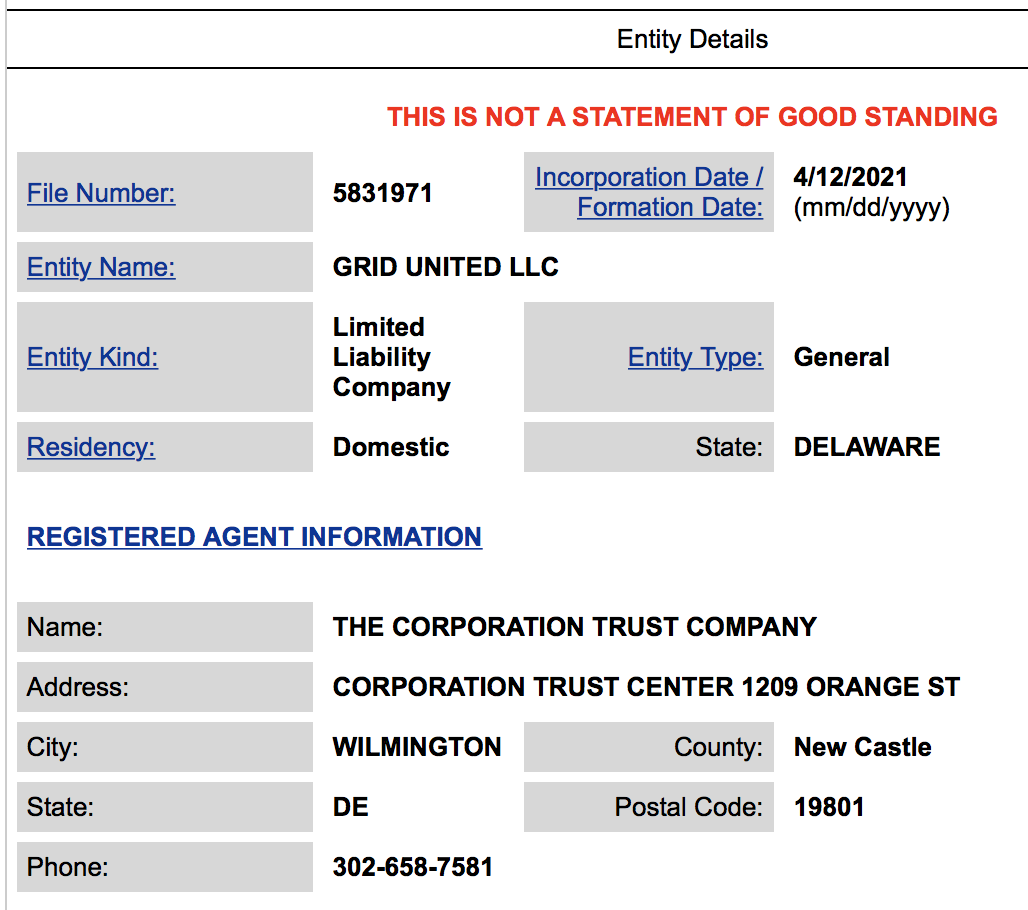
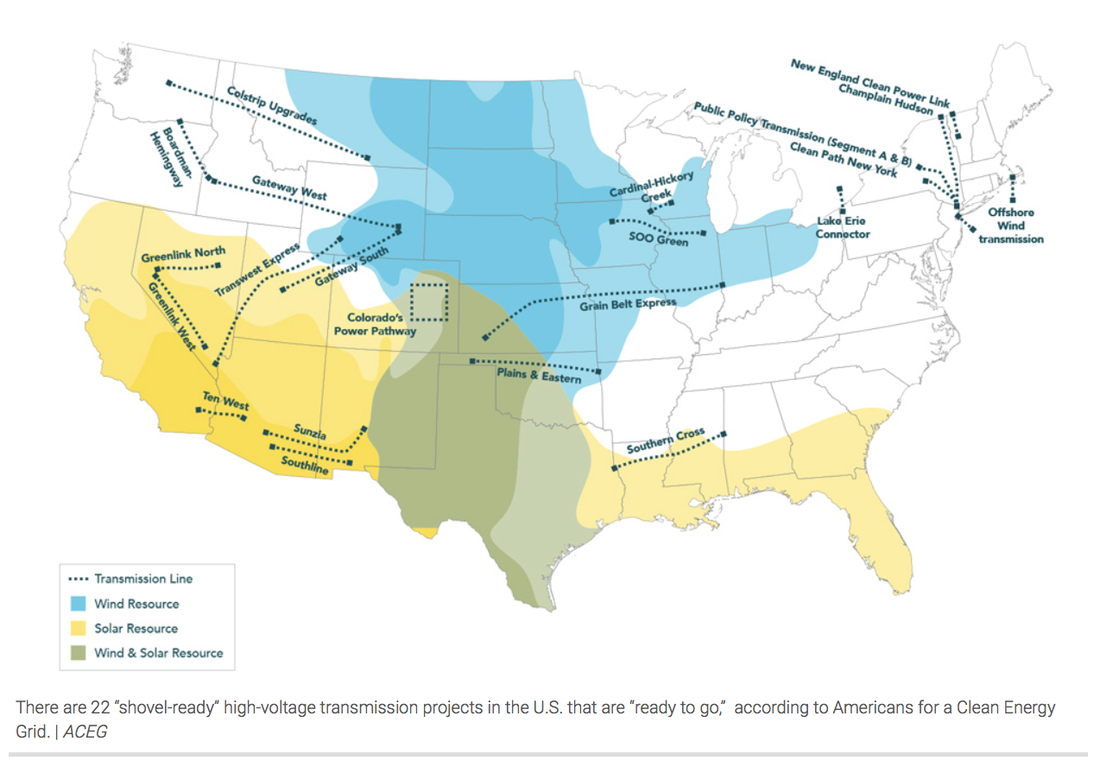
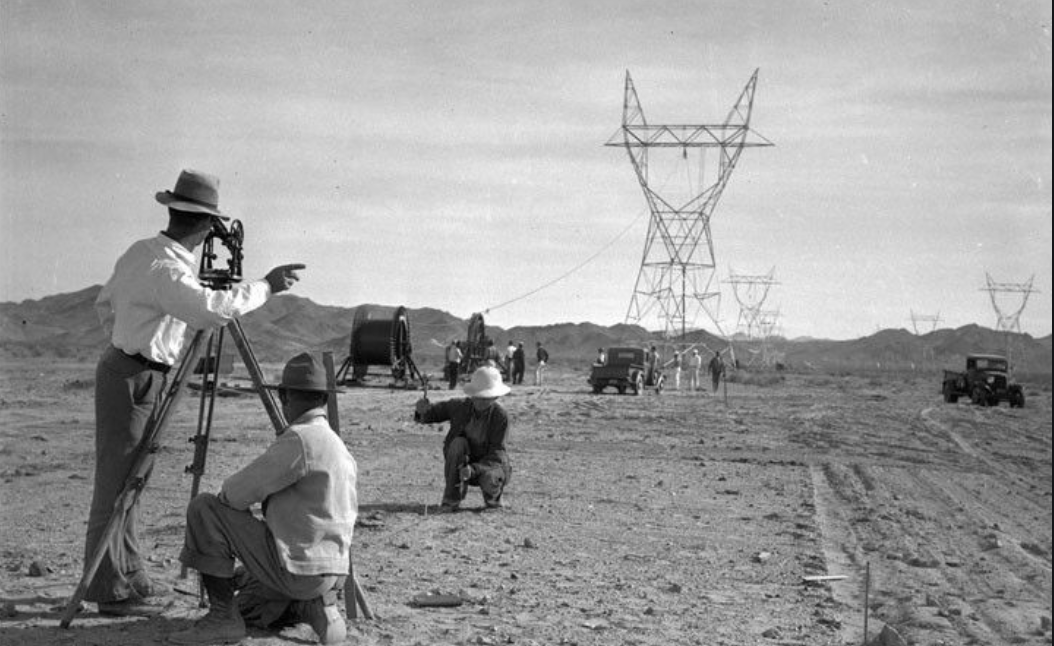


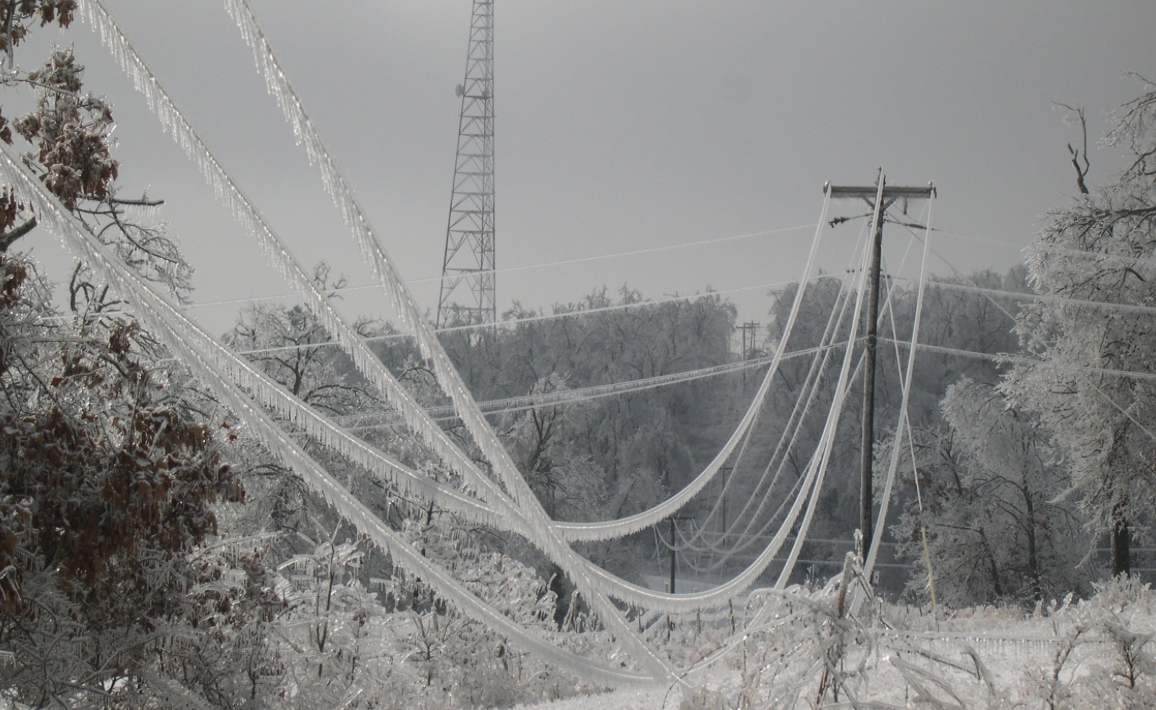

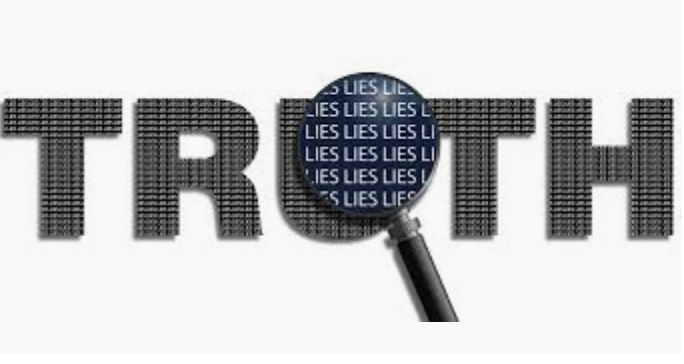
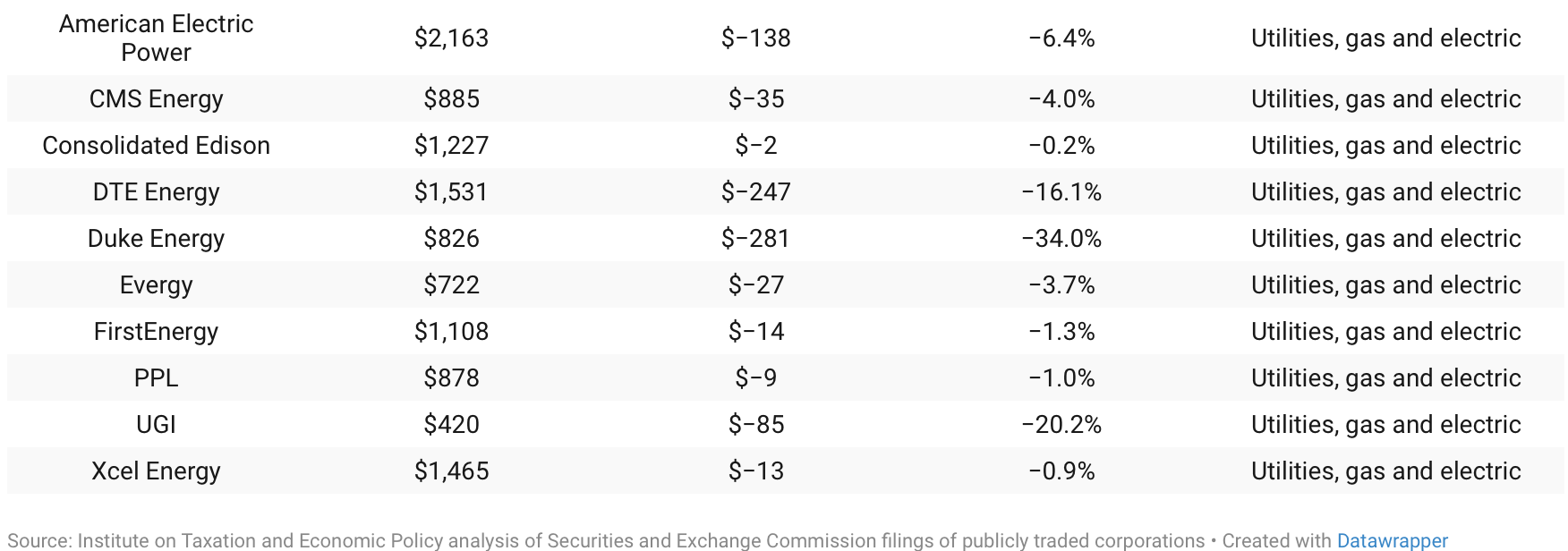
 RSS Feed
RSS Feed